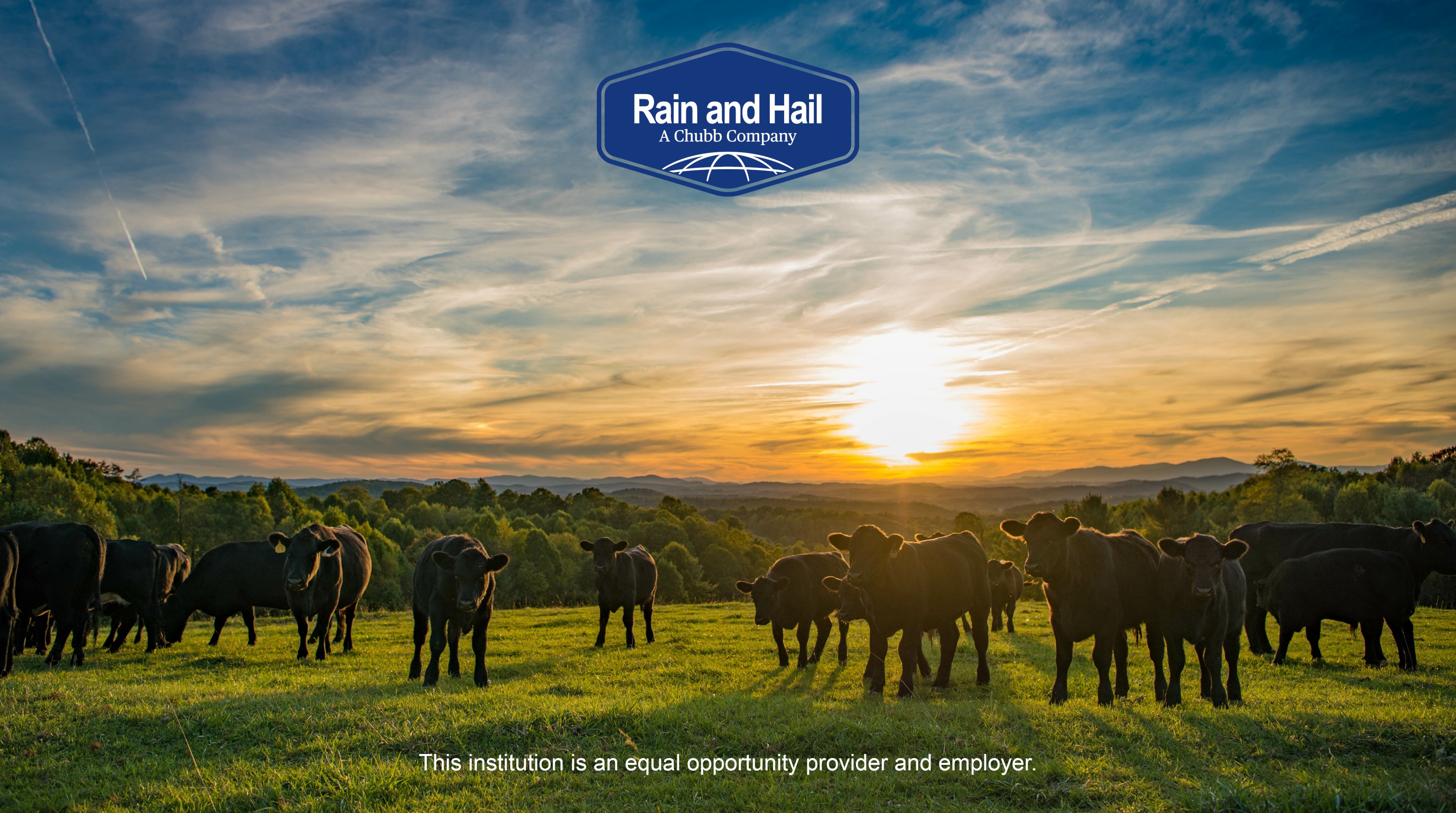Comprehending Livestock Risk Security (LRP) Insurance: A Comprehensive Guide
Navigating the realm of animals danger security (LRP) insurance coverage can be an intricate endeavor for numerous in the farming field. From how LRP insurance works to the different insurance coverage alternatives readily available, there is much to uncover in this extensive guide that might potentially form the method animals manufacturers come close to danger monitoring in their organizations.
.png)
How LRP Insurance Functions
Occasionally, recognizing the technicians of Livestock Risk Security (LRP) insurance coverage can be complicated, however breaking down just how it functions can supply quality for farmers and herdsmans. LRP insurance is a risk administration device developed to safeguard livestock manufacturers against unanticipated cost declines. The plan allows producers to establish a protection level based upon their certain demands, selecting the variety of head, weight variety, and protection cost. When the policy is in location, if market value fall below the protection cost, manufacturers can submit an insurance claim for the distinction. It is necessary to note that LRP insurance is not a profits warranty; instead, it concentrates entirely on rate risk defense. The coverage period generally varies from 13 to 52 weeks, supplying flexibility for producers to select a duration that straightens with their production cycle. By using LRP insurance policy, herdsmans and farmers can minimize the monetary dangers connected with fluctuating market value, guaranteeing higher security in their procedures.
Qualification and Coverage Options

When it comes to insurance coverage alternatives, LRP insurance coverage offers producers the adaptability to choose the coverage degree, coverage duration, and recommendations that best match their risk management demands. Coverage levels generally vary from 70% to 100% of the expected ending value of the insured animals. Producers can likewise choose coverage durations that straighten with their production cycle, whether they are insuring feeder cattle, fed cattle, swine, or lamb. Recommendations such as cost danger defense can further customize coverage to secure against adverse market variations. By recognizing the qualification standards and coverage choices available, animals manufacturers can make educated decisions to take care of risk effectively.
Benefits And Drawbacks of LRP Insurance Coverage
When examining Livestock Danger Protection (LRP) insurance, it is vital for livestock manufacturers to consider the advantages and downsides inherent in this risk monitoring device.

One of the key benefits of LRP insurance policy is its ability to give security against a decline in livestock rates. This can assist guard producers from financial losses arising from market fluctuations. In addition, LRP insurance coverage offers a degree of flexibility, allowing manufacturers to tailor coverage levels and plan durations to fit their specific needs. By securing in a guaranteed rate for their animals, producers can much better handle risk and strategy for the future.
However, there are additionally some drawbacks to consider. One restriction of LRP insurance is that it does not secure against all sorts of threats, such as disease episodes or natural catastrophes. Premiums can occasionally be expensive, especially for producers with big animals herds. It is crucial for producers to meticulously evaluate their specific threat direct exposure and financial situation to establish if LRP insurance is the ideal danger management device for their procedure.
Recognizing LRP Insurance Coverage Premiums

Tips for Making The Most Of LRP Advantages
Making best use of the benefits of Livestock Threat Security (LRP) insurance coverage requires tactical preparation and positive risk administration - Bagley Risk Management. To maximize your LRP protection, take into consideration the complying with suggestions:
Routinely Evaluate Market Problems: Stay informed about market trends and cost fluctuations in the animals industry. By keeping an eye on these variables, you can make educated decisions regarding when to buy LRP coverage to protect versus possible losses.
Establish browse around here Realistic Insurance Coverage Degrees: When picking insurance coverage degrees, consider your production expenses, market value of animals, and possible dangers - Bagley Risk Management. Establishing realistic protection levels makes certain that you are appropriately safeguarded without paying too much for unnecessary insurance coverage
Diversify Your Protection: Rather than relying only on LRP insurance policy, take into consideration expanding your risk monitoring methods. Incorporating LRP with other threat monitoring devices such as futures contracts this page or choices can give detailed coverage versus market unpredictabilities.
Review and Change Coverage Consistently: As market conditions change, occasionally assess your LRP insurance coverage to guarantee it lines up with your current threat direct exposure. Changing protection levels and timing of purchases can aid enhance your risk protection approach. By adhering to these suggestions, you can maximize the benefits of LRP insurance coverage and secure your animals procedure against unanticipated dangers.
Final Thought
Finally, animals risk defense (LRP) insurance coverage is an important tool for farmers to handle the financial threats associated with their animals operations. By recognizing how LRP works, eligibility and insurance coverage alternatives, as well as the advantages and disadvantages of this insurance, farmers can make informed choices to safeguard their source of incomes. By thoroughly thinking about LRP costs and applying approaches to maximize advantages, farmers can alleviate potential losses and make certain the sustainability of their procedures.
Livestock producers interested in acquiring Livestock Threat Defense (LRP) insurance coverage can check out a variety of eligibility standards and protection options customized to their particular livestock operations.When it comes to protection alternatives, LRP insurance supplies producers the flexibility to pick the insurance coverage degree, coverage period, and official site endorsements that finest fit their danger monitoring requirements.To realize the intricacies of Livestock Risk Security (LRP) insurance fully, comprehending the factors influencing LRP insurance policy costs is critical. LRP insurance coverage costs are identified by numerous elements, including the insurance coverage level picked, the anticipated rate of livestock at the end of the insurance coverage duration, the kind of animals being guaranteed, and the size of the coverage period.Review and Readjust Coverage Regularly: As market conditions alter, regularly evaluate your LRP coverage to ensure it aligns with your present threat direct exposure.